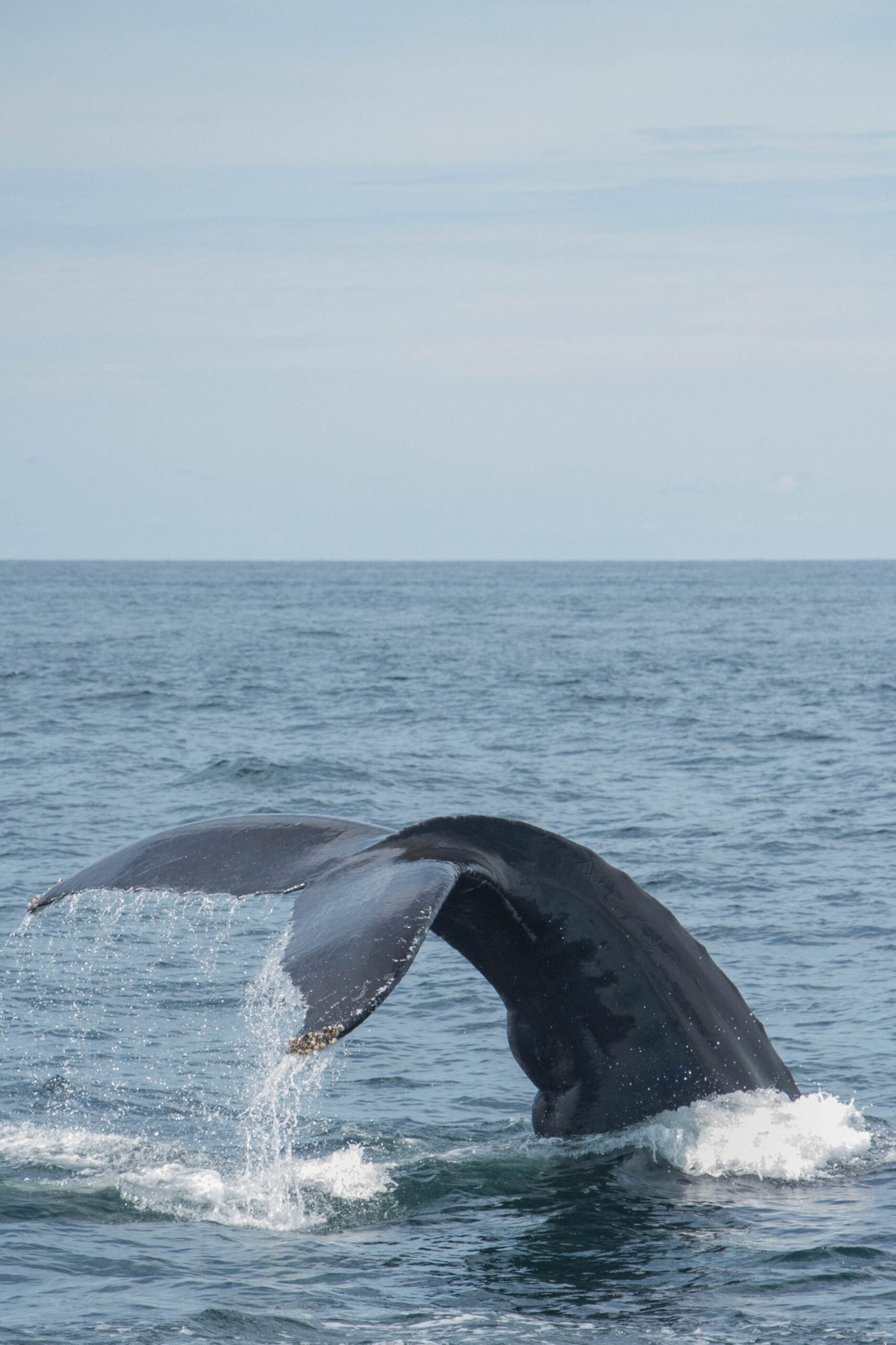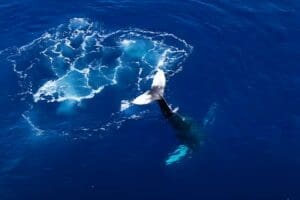Newport Beach Whale Watching: Unveiling the Best Time of Day
Imagine you’re gliding across the gentle waves off the coast of Newport Beach, your eyes scanning the horizon for a majestic breach or an enchanting fluke sighting. You’re here for an unforgettable whale-watching adventure, and timing is everything. Your experience hinges on the secret of the seas: knowing the optimal time of day to witness these magnificent creatures in their natural habitat. In “Newport Beach Whale Watching: Unveiling the Best Time of Day,” you’ll discover insider tips to maximize your chances of a close encounter with the ocean’s gentle giants, transforming a simple outing into the highlight of your year.
This image is the property of images.unsplash.com.
Unveiling Newport Beach
Geographical Location and Significance
Situated in Orange County, California, Newport Beach is a coastal paradise with a symphony of crashing waves, gentle breezes, and a warm, inviting climate. The city is renowned for its luxurious waterfront homes, fine dining, and premier shopping experiences. However, one of Newport Beach’s most significant offerings is its proximity to the Pacific Ocean’s rich marine habitats, making it an ideal location for beholding the grandeur of whales in their natural environment.
Overview of Whale Watching in Newport Beach
Embrace the thrill of whale watching, a signature activity in Newport Beach, where you have the opportunity to observe these majestic creatures glide gracefully through the water. Tour operators offer a range of excursions that allow you to witness the awe-inspiring sight of whales breaching the ocean’s surface, alongside a host of other marine animals. The experience is extraordinary and serves as a reminder of the ocean’s vast and vibrant ecosystem.
Species of Whales Found Near Newport Beach
The waters near Newport Beach serve as a marine freeway for various species of whales. Depending on the season, you might encounter the colossal blue whale, the acrobatic humpback, the migratory gray whale, or the sociable minke whale. Each of these species adds a unique splash to your whale-watching adventure, ensuring no two trips are the same.
Understanding Whale Behavior
Migration Patterns of Whales
Whales are known for their long migratory journeys, which are driven by a quest for warmer breeding grounds or the pursuit of plentiful feeding areas. For example, gray whales engage in a remarkable migration from the chilly Arctic seas to the balmier waters off the coast of Mexico, passing by Newport Beach along their route.
Feeding Times and Behavior
Your whale-watching adventure will also provide a window into the fascinating feeding behaviors of these marine giants. Baleen whales, like the blue and gray whales, feast on tiny krill and small fish by sweeping through the water with their wide-open mouths. Observing these feeding rituals is both educational and captivating.
Surface Behaviors: Breaching and Spouting
Among the most enthralling sights at sea are the surface behaviors of whales. You can witness breaching, where whales propel themselves out of the water in an energetic display of power and playfulness. Meanwhile, spouting – the exhalation of air and water through their blowhole – is a common sight and sound during whale-watching trips. These moments are breathtaking to behold and offer a candid peek into the lives of these magnificent mammals.
Seasonal Variations in Whale Watching
Whale Watching in Winter
Winter months present a prime time for whale watching in Newport Beach as gray whales commence their migration south. The chilly air and clear skies often provide optimal viewing conditions, offering you a front-row seat to their journey.
Springtime Whale Migration
As spring nestles into the coastal waters, you may catch sight of the northbound gray whales, including mothers and their newborn calves. This tender sight is a touching display of the bond between mother and child.
Summertime Sightings
Summer ushers in warmer weather and the chance to spot blue whales, the largest animals on earth. Their presence close to Newport Beach is a testament to the abundance of krill, which draws them to these feeding grounds.
Autumn Migration Patterns
As autumn arrives, you witness the early stages of the southward migration of some whales, while others continue feasting and building energy reserves for the journey ahead. Each season offers a unique taste of the cyclical whale sojourn.
Determining the Best Time of Day
Morning Whale Watching
Morning outings often come with calm seas and the crisp, clear air of dawn, which can be the perfect setting for whale watching. In these early hours, you’ll likely experience fewer vessels on the water and enjoy uninterrupted views of whales beginning their day.
Afternoon Excursions
If you opt for an afternoon jaunt, you’ll find the ocean alive with activity. The sun reaching its peak can bring out a different side of marine life, giving you a dynamic whale-watching experience.
Sunset and Dusk: A Magical Experience?
There is magic in the air as the day concludes with a sunset or dusk adventure. The descending sun casts a golden hue over the ocean, enhancing the beauty of the whales’ surfacing. The silhouettes of breaching whales against the painted sky create picture-perfect moments.
This image is the property of images.unsplash.com.
Impact of Weather and Climate
How Weather Affects Whale Behavior
Weather patterns can influence whale behavior and visibility. High winds may lead to choppier waters, making it harder to spot the whales. Conversely, calm conditions can result in glass-like seas, ideal for sighting the majestic creatures.
Best Weather Conditions for Whale Watching
The optimal weather conditions for whale watching typically involve mild winds, low swell, and clear skies. Such weather increases your chances of a serene and successful sighting experience.
Climate Change and Its Impact on Whale Watching
Climate change alters ocean temperatures and currents and may also affect whale migration and behavior. The implications are still being understood, but a changing climate could profoundly affect whale watching in the long run.
Boat Tours vs. Shore Viewing
Pros and Cons of Boat Tours
Embarking on a boat tour grants you access to the whales’ domain, bringing you up close to these enigmatic sea dwellers. Such tours offer expert commentary, enhancing your knowledge and appreciation of marine life. However, boat tours can be more costly and unsuitable for those prone to seasickness.
Benefits of Shore Viewing
Shore viewing can be a more accessible alternative to boat tours. It allows for spontaneous whale watching, free from the need for reservations or fees. While sightings may not be as frequent or close-up as boat tours, the experience can still be rewarding and serene.
Comparing Costs and Accessibility
Deciding between boat tours and shore viewing depends on personal preference, budget, and accessibility. Boat tours often require advance booking and a financial commitment, whereas shore viewing is a flexible and cost-effective option.
This image is the property of images.unsplash.com.
Photography Tips for Whale Watching
Best Camera Settings for Capturing Whales
To capture the majestic beauty of whales, having the right camera settings is essential. A fast shutter speed will freeze the action of a breaching whale, while a higher ISO setting can help in lower light conditions. A good zoom lens is also invaluable for close-up shots from a safe and respectful distance.
The Golden Hour: Capturing Whales at Sunrise and Sunset
The golden hour – just after sunrise or before sunset – offers soft, warm lighting, which can add drama and beauty to your photographs. Positioning the sun behind you as you shoot will illuminate the whales and give your images a professional touch.
On-Board Photography: Stabilization and Positioning
When photographing from a boat, stabilization is key. Using a lens with image stabilization or a higher shutter speed can combat the boat’s movement. Position yourself on the side of the boat that provides the best vantage point, with the sun at your back for optimal lighting.
Whale Watching Etiquette and Conservation
Respecting Marine Wildlife
As you engage in whale watching, it’s paramount that you do so with respect for the marine wildlife. This includes keeping a safe distance and avoiding any actions disturbing or stressing the whales.
Safe Distances and Guidelines
Abide by guidelines stipulating safe distances from whales, often defined by regulations and enforced by local authorities. These guidelines ensure that whale watching remains a sustainable activity that doesn’t interfere with the natural behavior of the whales.
Contribution to Conservation Efforts
Participating in responsible whale watching contributes to conservation efforts by raising awareness and fostering a deeper connection between humans and these marine giants. Your involvement supports an industry that, when conducted ethically, can advocate for and fund conservation initiatives.
Family-Friendly Activities Around Whale Watching
Educational Experiences for Children
Whale watching can be a fun and educational experience for children, teaching them about marine biology and the importance of conserving our oceans. Many tour operators provide commentary geared towards young audiences, making the trip enjoyable for the entire family.
Whale Watching as a Group Activity
Whale watching is an exhilarating group activity that brings people together through shared amazement. It offers an excellent opportunity for bonding with family and friends as you collectively witness the wonders of marine life.
Combining Whale Watching with Other Area Attractions
Newport Beach offers a plethora of activities beyond whale watching. You can combine your marine adventure with beachside picnics, visits to local museums, or even a stroll through the picturesque Balboa Island, ensuring a well-rounded and enjoyable experience for everyone involved.
Beyond Whale Watching: Newport Beach’s Marine Life
Dolphin Pod Sightings
In addition to whales, the coastal waters of Newport Beach are home to playful pods of dolphins. Their energetic leaps and social behaviors are always a joy to watch and provide a delightful complement to whale sightings.
Spotting Seals and Sea Lions
Seals and sea lions are often spotted lounging on buoys or docks, providing a charming encounter with these adorable pinnipeds. Their antics are a favorite among children and adults alike.
Bird Watching: Seabirds and Shorebirds
For bird enthusiasts, Newport Beach is also a haven for seabirds and shorebirds. Keep an eye out for pelicans diving for fish or graceful terns skimming the ocean surface. The area’s diversity of animal life will surely captivate any nature lover.
With every sweep of your binoculars and every glance toward the horizon, Newport Beach offers an oceanic tapestry that is rich with life. From the grand spectacle of whale watching to the charming sights of other marine dwellers, there’s an endless world of wonder waiting to be discovered beneath the rolling waves.







